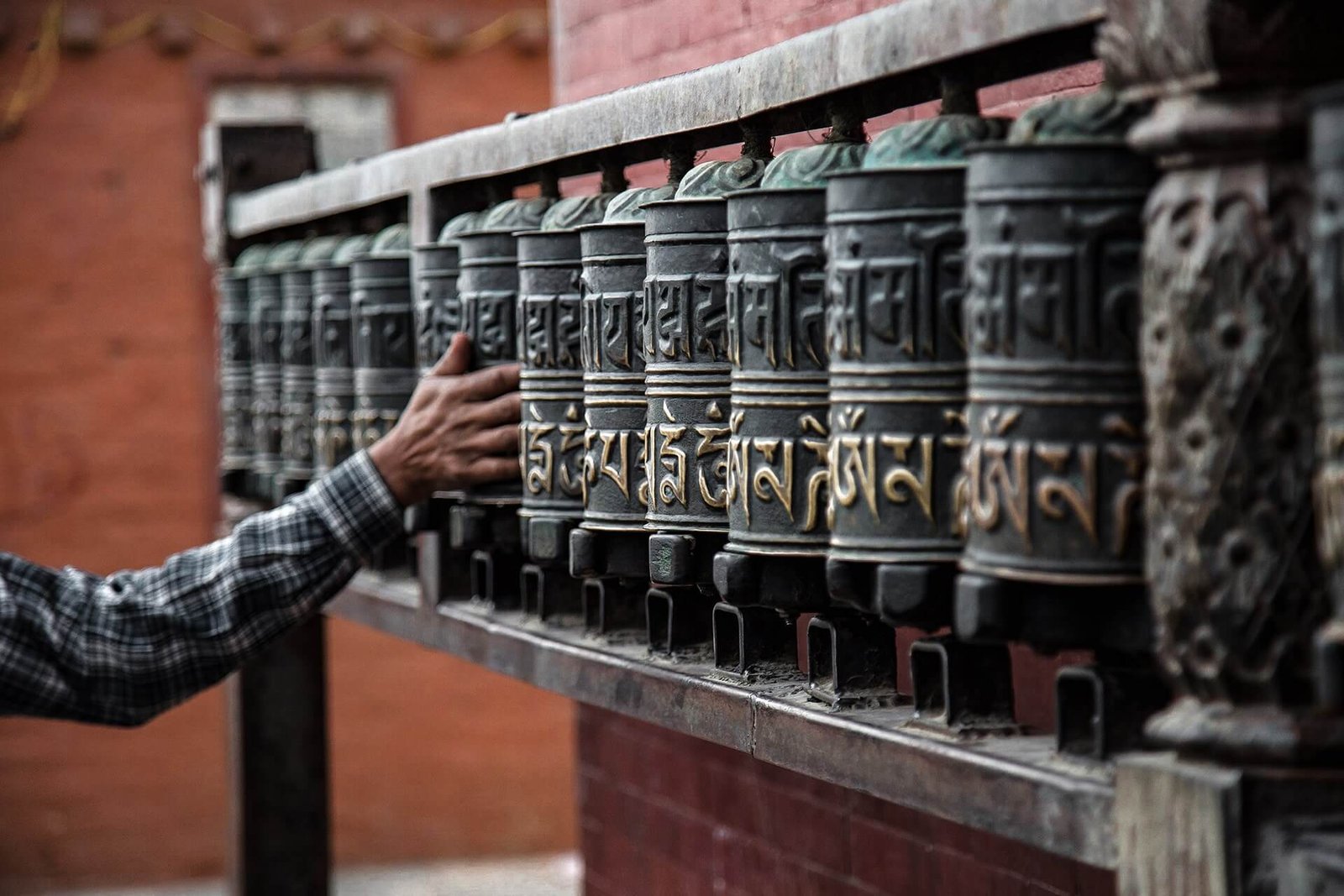
- This event has passed.
The Rain Retreat 2025

The Rainy Retreat event at a monastery, known as Vassa in Pali and often referred to as the Buddhist Lent, is a sacred three-month period observed primarily by Theravāda Buddhist monks. It usually begins on the full moon of Asalha (July) and ends on the full moon of Pavarana (October). Here’s how it’s typically celebrated or observed in a monastery:
🌧️ Rainy Retreat (Vassa) at the Monastery: Key Events & Practices
1. Entering Vassa Ceremony (Vassupanaya or Vassavasa)
-
Monks formally declare their intention to stay in one place for the retreat
-
A short ritual is conducted before the monastic community
-
Laypeople gather to support and make offerings
2. Staying in One Place
-
Monks reside in the monastery or a forest retreat for 3 months
-
They do not travel unless absolutely necessary
-
The focus is on deeper meditation, Dhamma study, and teaching
3. Increased Meditation and Study
-
Daily schedule includes extended periods of:
-
Vipassana (insight) meditation
-
Dhamma talks
-
Scriptural study (Tipitaka, Abhidhamma, etc.)
-
-
Often, retreats are open for lay meditation practitioners too
4. Lay Support and Offerings (Dana)
-
Lay devotees provide:
-
Food, robes, medicines, and other daily requisites
-
Special offerings like “Kathina robes” after the retreat
-
-
Often, this is the time when laypeople deepen their practice through service
5. Observing the Uposatha (Precept Days)
-
Monks recite the Patimokkha (monastic code) twice a month
-
Lay followers may undertake Eight Precepts on full and new moon days
-
Special Dhamma discourses and sermons are held
6. Pavarana Day (End of Retreat Ceremony)
-
On the final day, monks invite mutual admonition in a spirit of humility
-
It marks the end of Vassa, followed by Kathina Festival
7. Kathina Ceremony (Post-Vassa Robe Offering)
-
One of the most meritorious lay activities
-
Devotees offer new robes and requisites to monks
-
A large communal event, often with chanting, processions, and shared meals
🪷 Significance:
-
Encourages intensive practice and spiritual renewal
-
Strengthens the monastic-lay relationship
-
Revives the tradition of mutual support and harmony
